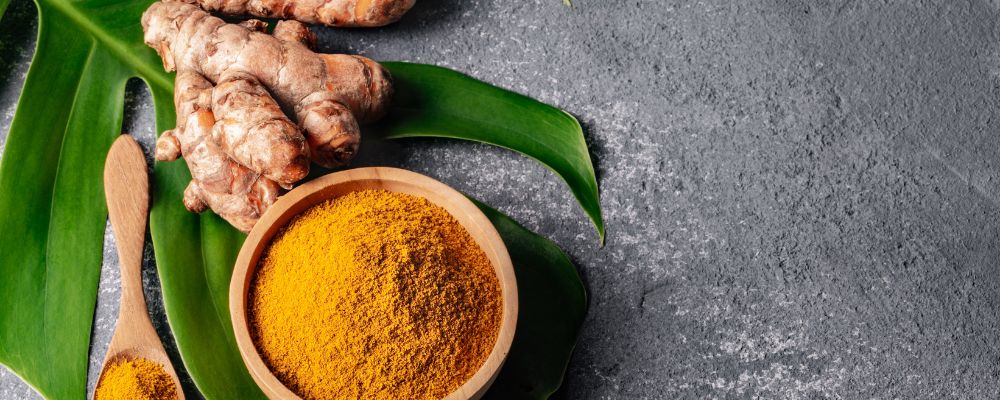The Role of Turmeric in Pain Management
- Posted On: February 23, 2025
- Posted By: admin

A perennial plant that is a member of the ginger family, turmeric is also known by its scientific name, Curcuma longa. The vivid yellow powder that we know as turmeric spice is produced by the roots of this plant after they have been dried and powdered. Curcumin is the bioactive molecule called curcumin that is responsible for many of the health benefits that turmeric possesses, including its ability to alleviate pain. The fact that it possesses powerful anti-inflammatory and antioxidant capabilities makes it a prospective candidate for the management of pain as well as a variety of health disorders by itself.
Science Behind Turmeric
Scientific research has been conducted on turmeric and its constituents, especially curcumin, particularly in recent years. The results of several studies indicate that individuals who suffer from osteoarthritis experience less joint pain when they consume turmeric in the form of recipes, as stated by Brown. “The effect of turmeric on mood disorders, depression, and dementia has also been investigated; however, studies have been limited, and hence additional research is required to determine whether or not there is a benefit.”
The research has shown a connection between the underlying inflammation and the majority of the significant chronic degenerative diseases, such as Alzheimer’s disease and diabetes. One of the primary approaches that is currently widely recognized as being effective in treating and preventing the majority of chronic diseases is the reduction of chronic systemic inflammation.
Turmeric and Pain Management
For many painful illnesses, including arthritis and muscle soreness, chronic inflammation is a prevalent underlying factor that contributes to the condition. Because it inhibits particular enzymes and chemicals that are responsible for triggering the inflammatory response, curcumin, which is found in turmeric, can help reduce inflammation. Pain relief and an overall improvement in joint health are both possible outcomes of this anti-inflammatory effect.
If you do suffer from painful conditions associated with inflammation, you may find that using this incredible homemade product, which is called Activated Turmeric Paste, can make a significant impact on your situation. There are a variety of conditions that could fall under this category, including but not limited to rheumatic conditions such as psoriasis, osteoarthritis, rheumatoid arthritis, back pain, sciatica, or migraines, as well as boosting your ability to heal from an injury and sleep better.
It seems that turmeric, and the curcumin that it contains, is typically safe to consume when it is applied to the skin or eaten orally, provided that the amount used each day is kept to less than 8 grams. On the other hand, the dosage that is suggested frequently varies depending on the health problem that is being treated, and higher doses have been utilized for shorter periods within certain circumstances. As a result of high doses or prolonged use, some individuals may have gastrointestinal distress, and in some cases, even liver damage.
There is a possibility that turmeric, also known as curcumin, could be an effective complementary therapy for you. It is my recommendation that you hold a conversation with your medical team about the possibility of utilizing it as a supplement to conventional medical treatment. Furthermore, if you are already using an anticoagulant medicine or if you ever require additional chemotherapy, you should discuss turmeric with your healthcare team. This is because the supplement may have an interaction with the medication that you are now taking.
The Bottom Line
It is always a good idea to consult with your doctor before attempting to use turmeric to treat pain. This is something you should do to ensure that turmeric will not conflict with any medications that you are already taking. Turmeric has been shown to have the potential to interact with blood-thinning medications, although the FDA has determined that it is safe to consume.